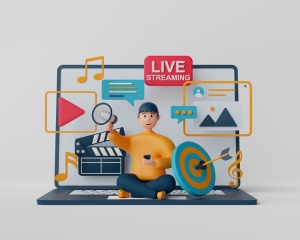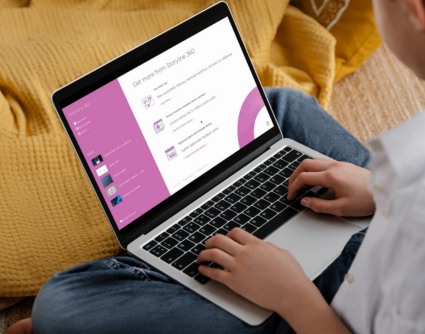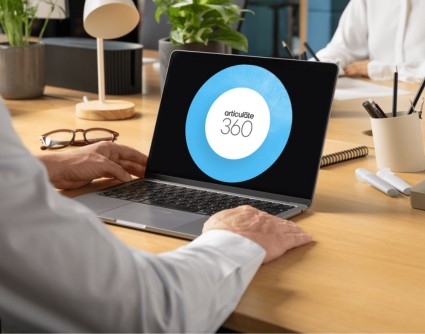The integration of audiovisual media in E-learning
- The benefits of integrating audiovisual content
- Best practices for creating and integrating media
- How to choose between audio, video, or both
- Ensuring the accessibility of audiovisual content
The digital era has opened fascinating doors for learning. Among them, audio and video have proven to be powerful tools in the world of e-learning. Their thoughtful integration helps capture attention, enhance understanding, and improve retention. Let’s dive into the world of audiovisual media and explore its dominant role in e-learning.
The Benefits of Integrating Audiovisual Content

Integrating audio and video into E-learning modules offers several undeniable advantages. These elements not only capture the learner’s attention but also make the content more memorable. By offering a a variety of formats, it meets the diverse needs of learners, with some preferring reading, others listening, or visualizing. Furthermore, concepts that may seem complex at first become clearer through audiovisual demonstrations or explanations.
Best Practices for Creating and Integrating Media
When creating and integrating audiovisual content, several aspects must be considered. First, quality is paramount. It is crucial to invest in clear sound and high-quality images to ensure an optimal learning experience. Next, it is recommended to focus on short segments, ideally 3 to 5 minutes, to avoid overwhelming the learner’s attention. Finally, adding subtitles and transcripts not only enhances accessibility but can also reinforce content comprehension.
How to Choose Between Audio, Video, or Both

The choice of format – audio, video, or both – depends on several factors. The nature of the content is crucial: for example practical tutorials may be more effective in video, while interviews or discussions while interviews or discussions can be perfectly suited to audio format. Additionally, the budget and available resources can influence the choice: audio production is often less expensive and quicker than video, although the latter may offer a richer experience. Finally, it is essential to analyze and understand the preferences of your audience to offer the most suitable format.
Ensuring the Accessibility of Audiovisual Content
Making audiovisual content accessible is crucial to ensuring an inclusive learning experience. Designers must ensure that audio and video files are compatible with all types of devices. It is also essential to provide users with various control options, allowing for free navigation within the content. As technology continuously evolves, developers must also regularly test the accessibility of content to ensure its performance and relevance.
Conclusion
Audio and video are not just additions to e-learning; they are essential pillars. When used well, they can transform an online course from basic to exceptional. By considering quality, accessibility, and audience needs, these tools can greatly enrich the learning experience. Our training programs aim to equip learners with the necessary skills to create effective and engaging digital content.
1. Why integrate audiovisual content into an e-learning course ?
The integration of audio and video into e-learning modules The integration of audio and video into e-learning modules offers several undeniable advantages. These elements not only capture the learner’s attention but also make the content more memorable. By offering a variety of formats, it meets the diverse needs of learners. Furthermore, concepts that may seem complex at first gain clarity through audiovisual demonstrations or explanations. offers several undeniable advantages. These elements not only capture the learner’s attention but also make the content more memorable.
2. What are the best practices for creating and integrating audiovisual media in e-learning ?
When creating and integrating audiovisual content, several aspects must be considered :
- Quality : It is crucial to invest in clear sound and high-quality images to ensure an optimal learning experience.
- Duration : Focus on short segments, ideally 3 to 5 minutes, to avoid overwhelming the learner’s attention.
- Accessibility: Adding subtitles and transcripts enhances accessibility and reinforces content comprehension.
3. How to choose between using audio, video, or both in an e-learning module?
The choice of format—audio, video, or both—depends on several factors :
- Content type: Practical tutorials are often more effective in video format, while interviews or discussions may be better suited for audio.
- Budget and resources: Audio production is typically less expensive and quicker than video, although video can provide a more immersive experience.
- Audience preferences: It is essential to analyze and understand your audience’s preferences to deliver the most suitable format.

























